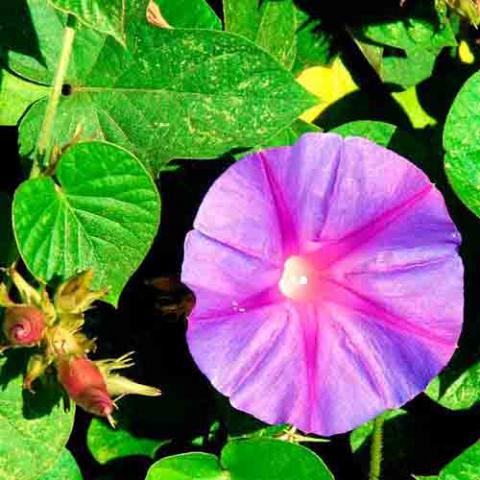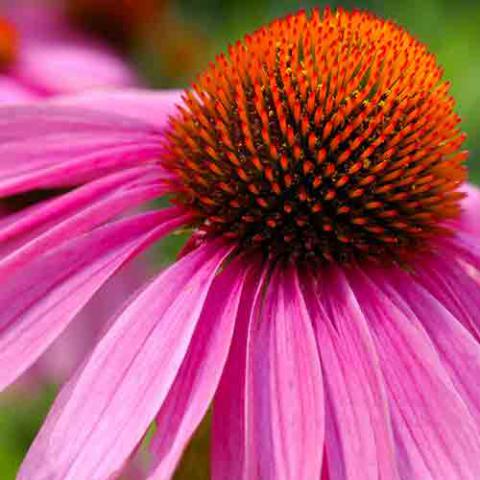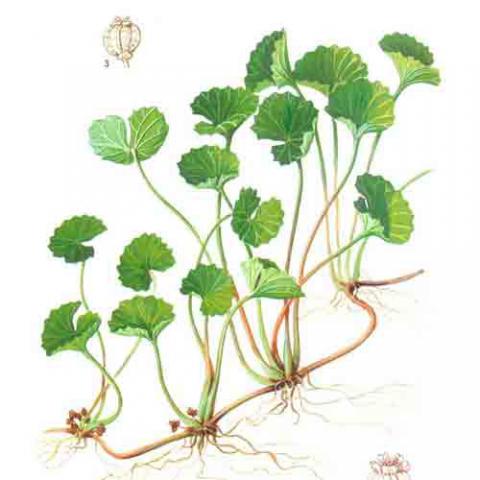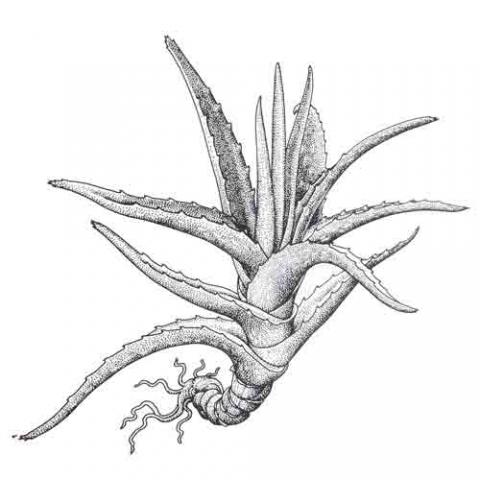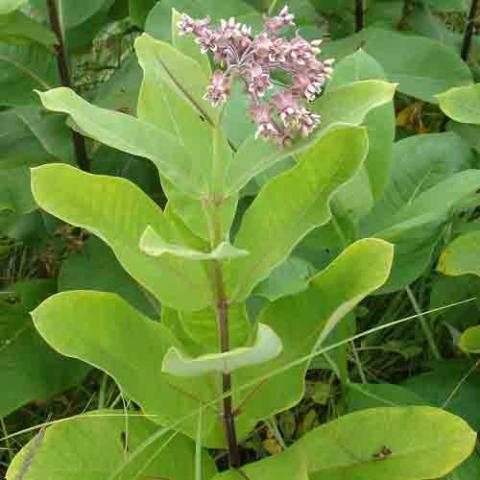Therapeutic: Alterative
What is an Alterative?
Alteratives are herbs that gradually restore the proper function of the body and increase health and vitality. As unclear as this may sound, their mode of action on the body is not well understood through pharmacology. However their incredible value as medicines cannot be ignored. In broad terms, they alter the body’s processes of metabolism so that tissues can best deal with a range of functions from nutrition to elimination. Many herbs with this action improves the body’s ability to eliminate waste through the kidneys, liver, lungs, or skin. Some stimulate digestion or are anti-microbial. Alteratives move the body to a state of health, removing indicators of systemic disintegration.
Many herbs have an alterative function and can commonly be their secondary or tertiary action. For example, diuretic & hepatic remedies could also be seen as alteratives. They can be used safely in many diverse conditions as supportive remedies, and should be considered when chronic inflammatory or degenerative disease exist.
Each system of the body has plants that are particularly suited to it. Alteratives have a particular affinity towards the circulatory, respiratory, digestive, urinary, reproductive, musculoskeletal, nervous system, and integumentary systems. Skin conditions, arthritis, and auto-immune diseases are especially improved.
Herbal Examples:
- Galium aparine (Cleavers)
- Urtica diocia (Stinging Nettle)
- Arctium lappa (Burdock)
- Rumex crispus (Yellow Dock)
- Iris versicolor (Blue Flag)
- Taraxacum off. radix (Dandelion)
- Trifolium pratense (Red clover)
Adapted from David Hoffman’s The Herbal Handbook: A User’s Guide to Medical Herbalism” & “Medical Herbalism”
Reference: “The Naturopathic Herbalist”

